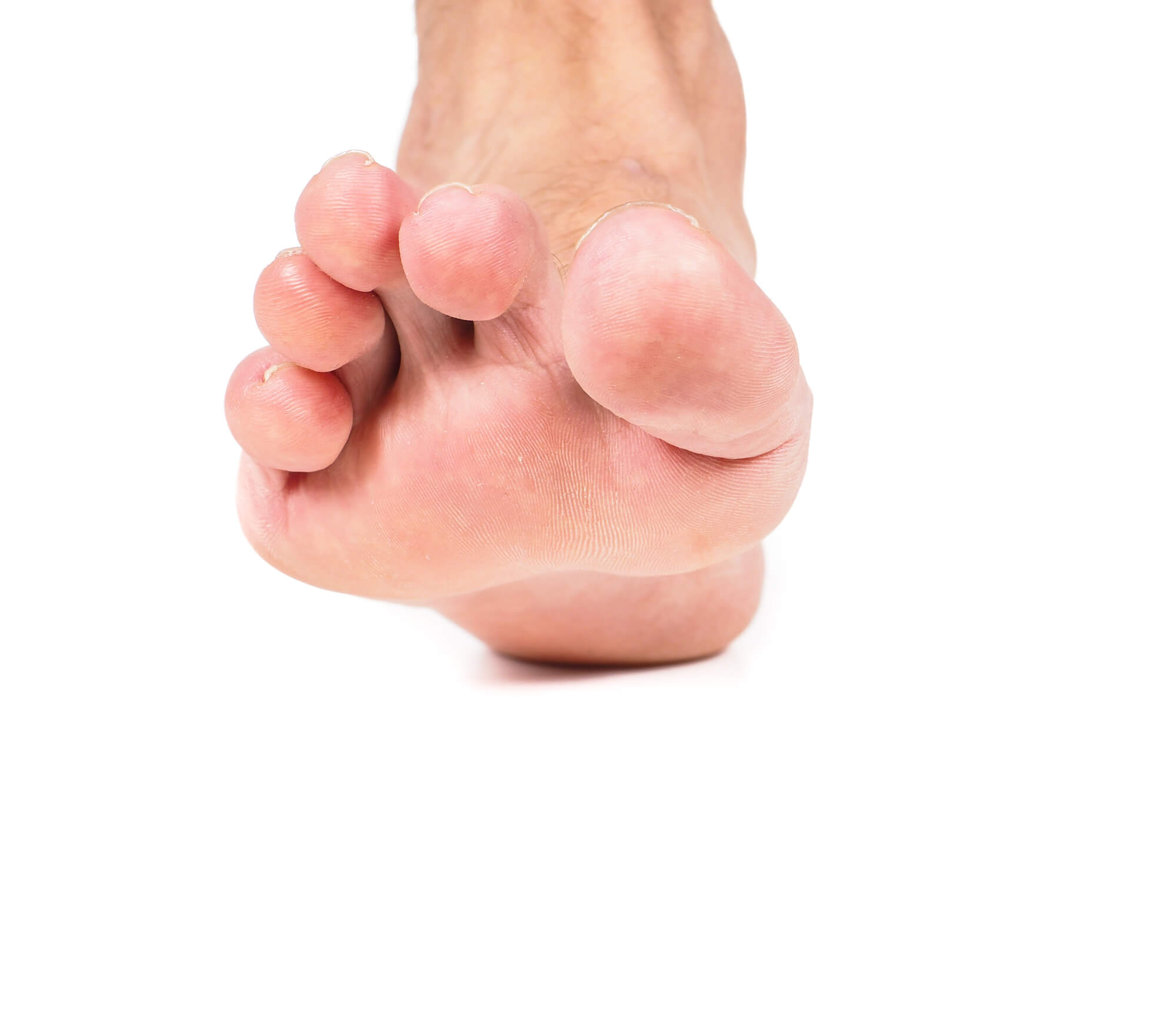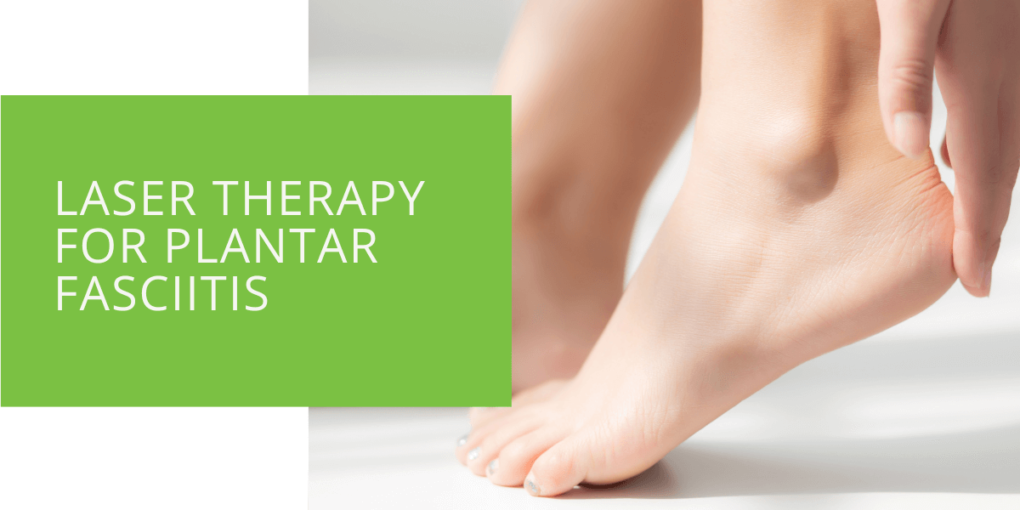Laser Therapy for Plantar Fasciitis
If you've ever experienced heel pain, you know how debilitating it can be. It's hard to walk alone or engage in physical activity. One common cause of heel pain is plantar fasciitis, which affects the bottom of your foot's connective tissue called the plantar fascia. The plantar fascia connects your heel bone to your toes, and when it becomes inflamed or strained, it can cause severe pain.
If you're suffering from plantar fasciitis, you may wonder what treatment options are available. One option that has gained popularity in recent years is laser therapy. But what is laser therapy, and how does it work for plantar fasciitis?
This article will delve into the details of laser therapy for plantar fasciitis. We'll explore what plantar fasciitis is, how laser therapy works, and the benefits it offers. We'll also discuss how laser therapy is administered and what to expect during a treatment session. Finally, we'll cover the recovery process and expected results.
What is Plantar Fasciitis?
Plantar fasciitis is a common foot condition that causes pain in the heel and arch. It occurs when the plantar fascia, a thick band of connective tissue that runs along the bottom of your foot, becomes inflamed or strained. The plantar fascia acts like a ligament, connecting your heel bone to your toes and providing support for the arch of your foot. When it becomes strained or inflamed, it can cause severe pain in the heel and arch of the foot.

Symptoms
The most common symptom of plantar fasciitis is heel pain, especially when you first step out of bed in the morning or after sitting for a long period. The pain may also be present when you stand for long periods or engage in physical activity. Other symptoms of plantar fasciitis include:
- Pain in the heel or arch of the foot
- Pain that is worse in the morning or after sitting for a long time
- Pain that improves after walking for a few minutes
- Swelling or tenderness in the heel or arch
- Difficulty flexing the foot or toes
Causes
Several factors can contribute to the development of plantar fasciitis, including:
- Overuse: Engaging in activities that strain the feet, such as running or standing for long periods, can lead to plantar fasciitis.
- Poor footwear: Wearing shoes that do not provide adequate support can increase the risk of plantar fasciitis.
- Obesity: Carrying excess weight can put additional strain on the feet and increase the risk of plantar fasciitis.
- Age: The risk of plantar fasciitis increases as we age.
- Foot structure: Certain foot structures, such as flat feet or high arches, can increase the risk of plantar fasciitis.

What is Laser Therapy?
Laser therapy, also known as Low-Level Laser Therapy (LLLT) or Cold Laser Therapy, is a non-invasive treatment option that uses low-level lasers to stimulate cellular activity and promote healing. Laser therapy has been used for various medical conditions, including musculoskeletal injuries, neuropathy, and chronic pain.
How Does Laser Therapy Work?
Laser therapy works by emitting a specific wavelength of light absorbed by the cells in the body. The energy from the laser is absorbed by the cells, stimulating them to increase the production of ATP (adenosine triphosphate), a molecule that provides energy to cells. This increased production of ATP leads to various beneficial effects, including:
- Reducing inflammation: Laser therapy can help reduce inflammation by inhibiting the production of inflammatory mediators and increasing blood flow to the affected area.
- Promoting cellular repair: The energy from the laser stimulates the production of proteins and other molecules necessary for cellular repair and regeneration.
- Reducing pain: Laser therapy can help reduce pain by stimulating the production of endorphins, natural painkillers produced by the body.
Benefits of Laser Therapy for Plantar Fasciitis
Laser therapy has several benefits for those suffering from plantar fasciitis. These include:
- Reduced Pain and Inflammation: Laser therapy can help reduce pain and inflammation in the heel and arch of the foot, making walking and engaging in physical activity easier.
- Accelerated Healing: Laser therapy can help accelerate the healing process by stimulating the production of proteins and other molecules necessary for cellular repair and regeneration.
- Non-Invasive: Laser therapy is a non-invasive treatment option, meaning it does not involve incisions or injections. This makes it a good option for those who are hesitant to undergo more invasive procedures.

How is Laser Therapy Administered for Plantar Fasciitis?
Laser therapy for plantar fasciitis is typically administered by a podiatrist or other healthcare professional trained in laser therapy. The treatment is typically administered in a clinical setting, such as a doctor's office or outpatient facility.
The healthcare professional will use a handheld device to deliver the laser energy to the affected area. The device will be placed on the skin and moved in a circular motion over the treated area. The treatment typically takes between 10 and 30 minutes, depending on the condition's severity and the affected area's size.
What to Expect During a Laser Therapy Treatment
During a laser therapy treatment for plantar fasciitis, you can expect the following:
- The healthcare professional will clean the treatment area and apply a thin layer of gel to help the device glide smoothly over the skin.
- The device will be placed on the skin and moved in a circular motion over the affected area.
- You may feel a warming or tingling sensation during the treatment.
- The treatment typically takes between 10 and 30 minutes.
- You may need multiple treatments to achieve optimal results.
Recovery and Results
Laser therapy is a non-invasive treatment option with minimal side effects. Some people may experience temporary redness or swelling in the treated area, but these side effects usually resolve on their own within a few hours.
After the treatment, you may be advised to rest the affected area and avoid strenuous activity for some time. Your healthcare professional may also recommend using orthotics or other supportive devices to help alleviate pressure on the plantar fascia.
Most people experience relief from pain and inflammation after just a few laser therapy treatments. However, the number of treatments needed will depend on the severity of the condition and the individual's response to treatment.

Follow-Up Care
It's important to follow your healthcare professional's recommendations to achieve optimal results from laser therapy. This may include:
- Resting the affected area and avoiding strenuous activity
- Wearing shoes that provide adequate support
- Using orthotics or other supportive devices as recommended
- Engaging in stretching and strengthening exercises as directed
Conclusion
Laser therapy is a non-invasive treatment option that can effectively reduce pain and inflammation associated with plantar fasciitis. It works by stimulating cellular activity and promoting the production of ATP, leading to reduced inflammation, enhanced cellular repair, and reduced pain. Laser therapy is administered by a healthcare professional using a handheld device and may require multiple sessions to achieve optimal results.
If you're suffering from plantar fasciitis and considering treatment options, it's important to speak with a podiatrist or other healthcare professional trained in laser therapy to determine if it is the right option for you.

